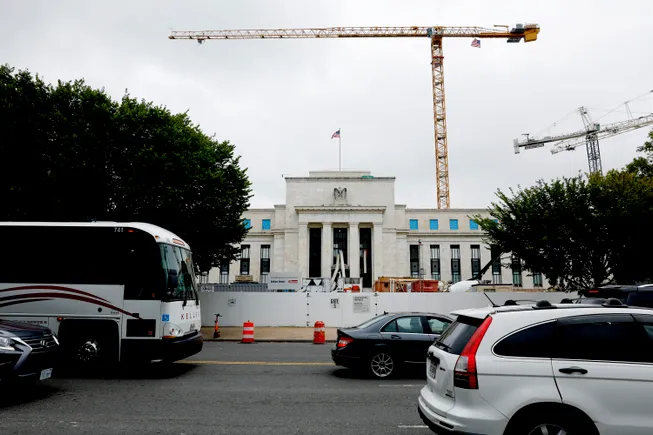Dive Brief:
- Nonresidential construction spending ticked up 0.1% in August to a seasonally adjusted annual rate of $1.22 trillion, according to Associated Builders and Contractors’ analysis of U.S. Census Bureau data released Tuesday.
- Public projects, such as highways and streets, continue to buoy overall construction spending, while private investment remains constrained by ongoing economic pressures, including high borrowing costs and weak demand in certain sectors, said Anirban Basu, ABC chief economist.
- “Nonresidential construction spending inched higher in August, and that’s almost entirely due to ongoing infrastructure investments,” said Basu in the release. “Public spending accounted for all of the nonresidential segment’s monthly increase and has risen nearly 8% over the past year, significantly outpacing privately financed nonresidential construction activity.”
Dive Insight:
Federally funded projects have the potential to further lift public construction spending, according to an Associated General Contractors of America report.
However, many of these projects have yet to begin due to permitting issues and regulatory requirements, said Ken Simonson, AGC chief economist.
“Although the federal government has announced thousands of project awards in the past three years, most of the money has yet to turn into construction contracts, let alone work under way,” said Simonson. “There is still great potential for infrastructure and power projects, but the timing remains uncertain.”
Spending increased on a monthly basis in 10 of the 16 nonresidential subcategories, according to the U.S. Census Bureau data.
For example, spending on highway and street projects rose nearly 1% in August to $142.34 billion, according to the data. Manufacturing construction spending led all categories, reaching $238.26 billion, about a 0.1% increase over the past month.
Still, private nonresidential spending ticked down 0.1%, while public nonresidential construction spending inched up 0.3% in August.
The contrast between public and private spending highlights broader economic challenges impacting the private sector, such as tighter credit conditions and inflationary pressures. Over the past year, public nonresidential spending jumped almost 8%, while private spending ticked up less than half that, at just 3.6%. That said, the combined growth in both sectors is enviable compared to many other countries around the globe.
At the same time, as privately financed projects see only moderate growth in the U.S., the industry’s outlook hinges on how quickly support from falling interest rates can take effect, said Basu.
“As a result of ongoing weakness in certain private subsegments, ABC’s Construction Backlog Indicator has fallen by a full month over the past year,” said Basu. “While falling interest rates will eventually serve as a tailwind for the industry, it may be several quarters before privately financed segments see any substantial relief.”

